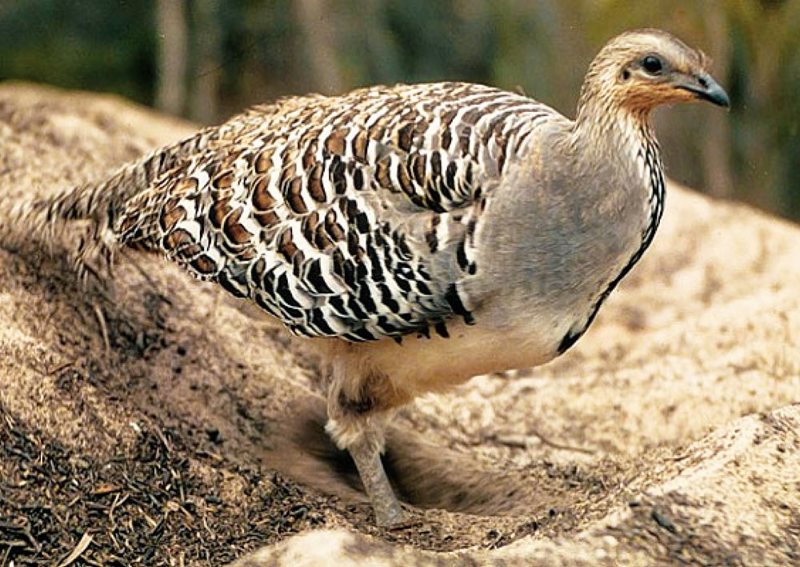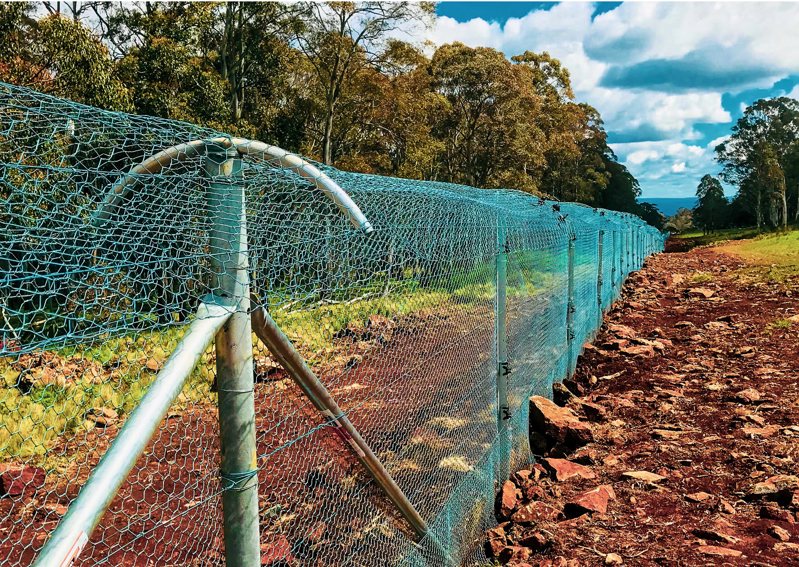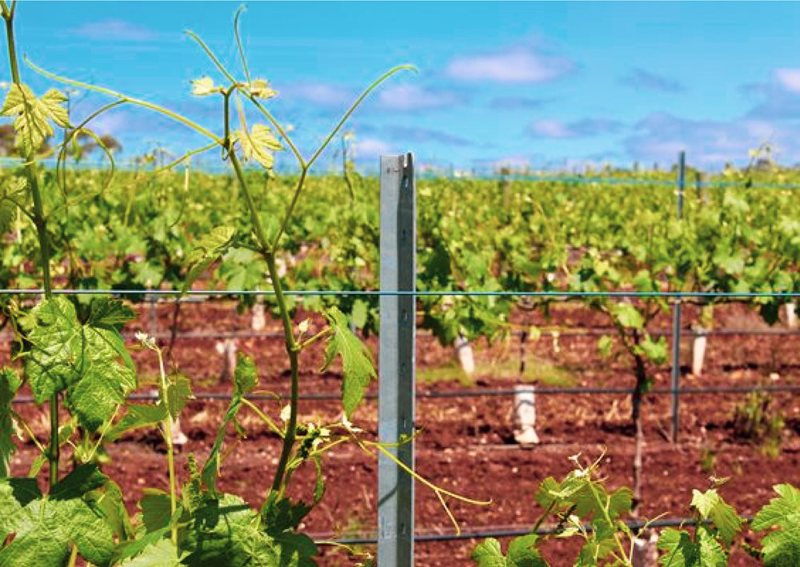Gippsland Fence Line, Migrating from Timber
The Problem
After a bushfire tore through Whelan’s Run, property manager Trent Howell noticed the hardwood posts had perished, with the only surviving components of the fence were made from steel.
The 500 hectare property near Buchan in the South East Gippsland area is home to over 200 Angus cows. To reinstall hardwood fencing, it would be labour intensive and extremely timely. Also due to the weight associated with timber, a tractor is required to install posts. The Whelan’s Run property had many areas that were very steep and could not be accessed by a tractor.
The property was also under pressure from migrating wildlife which were damaging the old fence structure.
The Solution
Once realising that the steel components of the old fence outlasted the hardwood posts, Mr Howell was determined to install a complete steel fence. He said installing quality fences is an important part of the operation and changing to Waratah steel products boosted the quality of his fence. Waratah steel post can be carried by hand, so it removed the need of a tractor and allowed fencing to be installed on the steep areas of the property.
Although initial costs of steel fences might be more expensive, Mr Howell said the investment required varied little from the installation of hardwood, with superior results.
The team noted that once factoring the labour and time to build a hardwood fence and the long-term costs associated with it, compared to the cost and little upkeep required of a steel fence ends up being about the same.
Howell says “It’s way easier and less time consuming to put steel fences up than hardwood fences - you can get a lot of these done in a day.”
Advice For Farmers
“The old fences would be constantly damaged by wildlife trying to get through but the new steel fences allow wildlife to go through them without causing any damage.”




